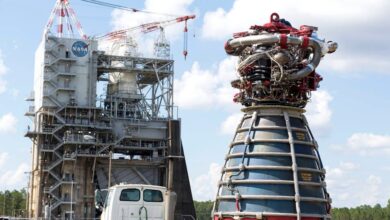NASA prepares to explore Quantum technology and 3D printing for climate and space research

NASA is eyeing two new institutes to develop technology critical to engineering and climate research. The two institutes will receive up to $15 million each over a 5-year period. One will focus on enhancing quantum sensing technology to aid climate research, while the other will strive to improve understanding and facilitate rapid certification of manufactured metal parts. produced through advanced production methods.
“Their work will enable next-generation science to study our home planet and expand the use of 3D-printed metal parts for spaceflight with state-of-the-art modeling, “Jim Reuter, the agency’s deputy administrator Space technology mission director board In NASA speak. Here’s what NASA is planning:
NASA’s New Journey to Climate Research
The Quantum Pathway Institute, led by the University of Texas at Austin, will be at the forefront of efforts to advance quantum sensing technology for the next generation. Earth scientific application. The institute’s focus is on advancing new knowledge about our planet and its ramifications climate change through the use of quantum sensors, leverage the principles of quantum physics to enable more precise data collection and facilitate unprecedented scientific measurements. These sensors are especially promising for satellites in Earth’s orbit, as they can collect data on mass change, a type of measurement that provides insight into motion and change. change of ice, ocean and land water.
Carnegie Mellon University in Pittsburgh will lead the Institute for Model-Based Additive Manufacturing Certification & Accreditation (IMQCAM) alongside co-lead Johns Hopkins University in Baltimore. The institute specializes in improving computer models of 3D printed metal parts, also known as additive manufacturing, to expand their applicability in space travel applications.
To produce 3D printed metal parts, metal powder is melted in a specific way and molded into functional parts. These parts have potential applications in rocket engines, providing greater flexibility to create new parts as the design changes or to establish a human outpost on the Moon where transportation costs are high. Portability and prefabrication limitations are important factors. However, the certification and effective use of such parts requires accurate forecasting of their characteristics.




